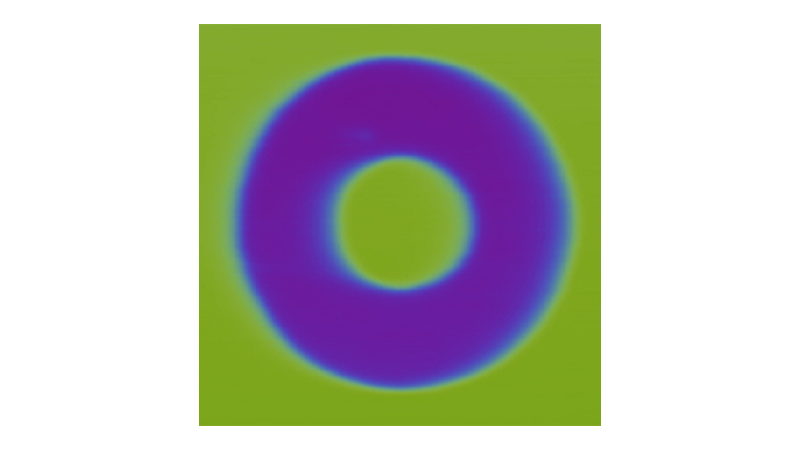Nanoelectrode Enabled In Operando Measurement of Surface Electrochemical Potential for Catalysis
Nature Energy, 2017
Water splitting using sunlight to produce a renewable, energy-dense, chemical fuel – namely hydrogen – is an appealing approach for addressing today's concerns related to fossil-fuel consumption. Solar-hydrogen generation is generally performed in a photoelectrochemical (PEC) device, where semiconductor light absorbers decorated with surface catalysts serve as photoelectrodes. These catalysts have been debated to either behave as a catalytic charge accumulation center, a modifier of the semiconductor/liquid energetics, or both. Disentangling these complicated interfacial thermodynamics is invaluable for devising robust, high-efficiency and economic fuel-generators. The nanostructure nature of these electrodes pose great challenges for mechanistic characterization. In-situ or ex-situ bulk approaches, reliant on modelling, fitting or indirect optical measurements, have been generally employed but are not very practical in characterizing the mesoscale heterogeneity inherent to these systems. The authors have developed a new approach to spatially resolve at the nanoscale surface electrochemical potential in operando, that is, during PEC operations with illumination, applied bias, and fuel forming in an electrolyte system. These in operando studies were accomplished with PeakForce Scanning Electrochemical Microscopy using an AFM nanoeletrode tip to make nanocontact to the pinpointed catalyst for electrochemical potential sensing. The insulated nanoelectrode tip with only a Pt apex of 250 nm in height and 25 nm in end tip radius is critical for the accurate measurement of the catalyst potential, due to its minimized capacitive and surface electrochemical processes. The photoelectrode system investigated in this work is a popular nanostructured alpha iron oxide light absorber coated with cobalt (oxy)hydroxide phosphate (CoPi) catalyst. The authors clearly reveal that CoPi serves as a charge collector for catalytic fuel forming. The authors also demonstrate broader application of this new approach in the study of electrochemical phenomena at the nanoscale.

